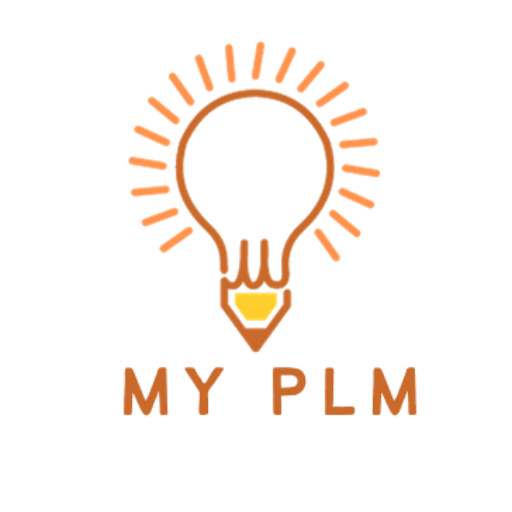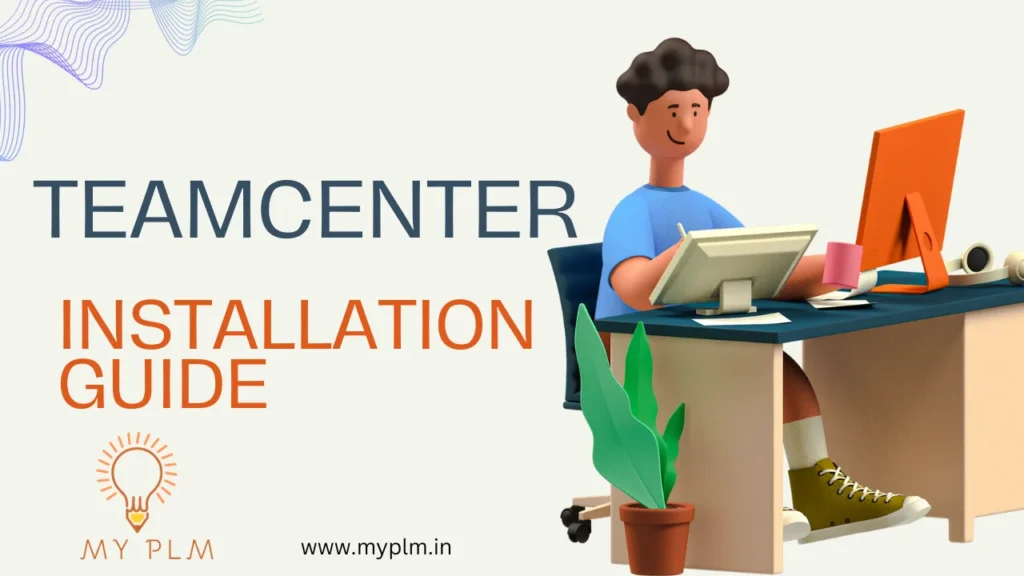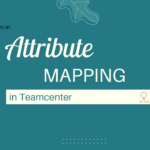Teamcenter is a comprehensive product lifecycle management (PLM) software solution that helps organizations manage their product development processes efficiently. Installing Teamcenter involves a series of steps to ensure a smooth deployment. In this blog post, we’ll provide you with a step-by-step guide on how to install Teamcenter software.
Table of Contents
Before you begin
System Requirements for Installing Teamcenter
Ensure that your system meets the minimum requirements for installing Teamcenter. This includes hardware specifications, operating system compatibility, and database requirements. Refer to the official Teamcenter documentation for detailed information.
Prerequisites for Installing Teamcenter
Install any required prerequisites, such as the Java Runtime Environment (JRE), the Database Management System (DBMS), and any other software components specified by Teamcenter.
Step 1: Download Teamcenter Software Visit the official Siemens PLM Software website or contact your Siemens representative to obtain the Teamcenter software installation package.
Step 2: Extract Installation Files Once the download is complete, extract the installation files from the compressed archive to a designated directory on your system.
Step 3: Run the Installer Navigate to the directory where the installation files are located and run the installer executable. Once you’ve followed the instructions on the screen, you can begin installing the software.
Step 4: Choose Installation Type Make your selection according to the type of installation you require. Options may include server installation, client installation, or a combination of both. Ensure that you choose the installation type that suits your organization’s needs.
Step 5: Configure Database Teamcenter typically requires a database for storing and managing product data. During the installation, you’ll need to configure the database settings, including connection details and authentication.
Step 6: Specify Installation Paths Define the installation paths for Teamcenter components. This includes specifying directories for the Teamcenter server, client applications, and any additional modules.
Step 7: Configure License Server If your organization uses licensing for Teamcenter, configure the license server details during the installation. This involves entering the license server hostname or IP address.
Step 8: Complete Installation Review the summary of your installation choices and configurations. Ensure that everything looks correct before continuing with the installation. The installer will copy files, configure settings, and install the required components.
Step 9: Post-Installation Tasks After the installation is complete, perform any post-installation tasks outlined in the documentation. This may include configuring additional settings, integrating with other software, and verifying the installation.
Conclusion
Installing Teamcenter software is a crucial step in streamlining product development processes within an organization. By following this step-by-step guide, you can ensure a successful installation and lay the foundation for effective product lifecycle management. Remember to consult the official Teamcenter documentation for any specific details or updates related to your version of the software.
Read More Articles
Exploring the Power of Tiles in Teamcenter’s Active Workspace Client
Understanding the Contrast: Volume vs. Database in TC
Exploring TC: The Central Hub for Product Lifecycle Management
Understanding Item Revision in TC: A Comprehensive Guide
Unlocking Efficiency and Precision: Understanding Workflow Designer in TC
Understanding PLM (Product Lifecycle Management): A Comprehensive Guide
Demystifying BMIDE in TC: Empowering Effective PLM Solutions
Understanding Organizations in TC: Building Efficient Work Structures
Demystifying Datasets in TC: A Comprehensive Guide
A Step-by-Step Guide to Installing TC Software
Revealed Pseudofolders in Siemens TC: Simplifying Data Management for Engineers
Unlocking TC’s Potential: A Guide to Creating Custom Properties
How to Integrate Creo with Teamcenter: A Comprehensive Guide
Easy Understanding the GPDL Kit in NX
Easy Understanding Preferences in Teamcenter
Easy Understand the Role of Surrogate Users in Teamcenter
Unlocking TC’s Potential: A Guide to Creating Custom Properties
How to Integrate Creo with Teamcenter: A Comprehensive Guide
Easy Understanding the GPDL Kit in NX





